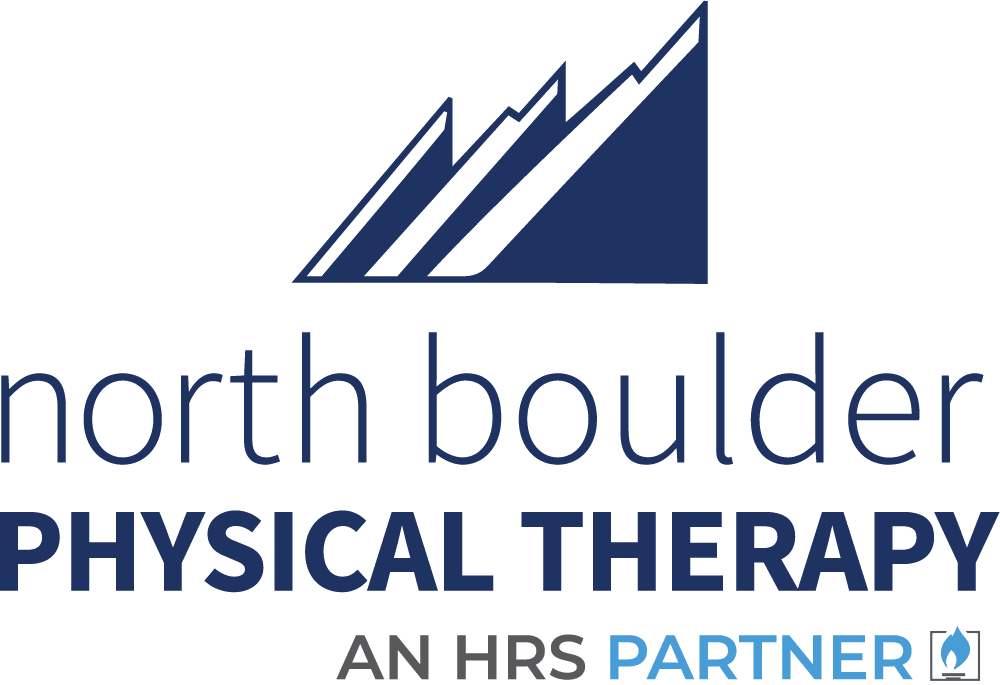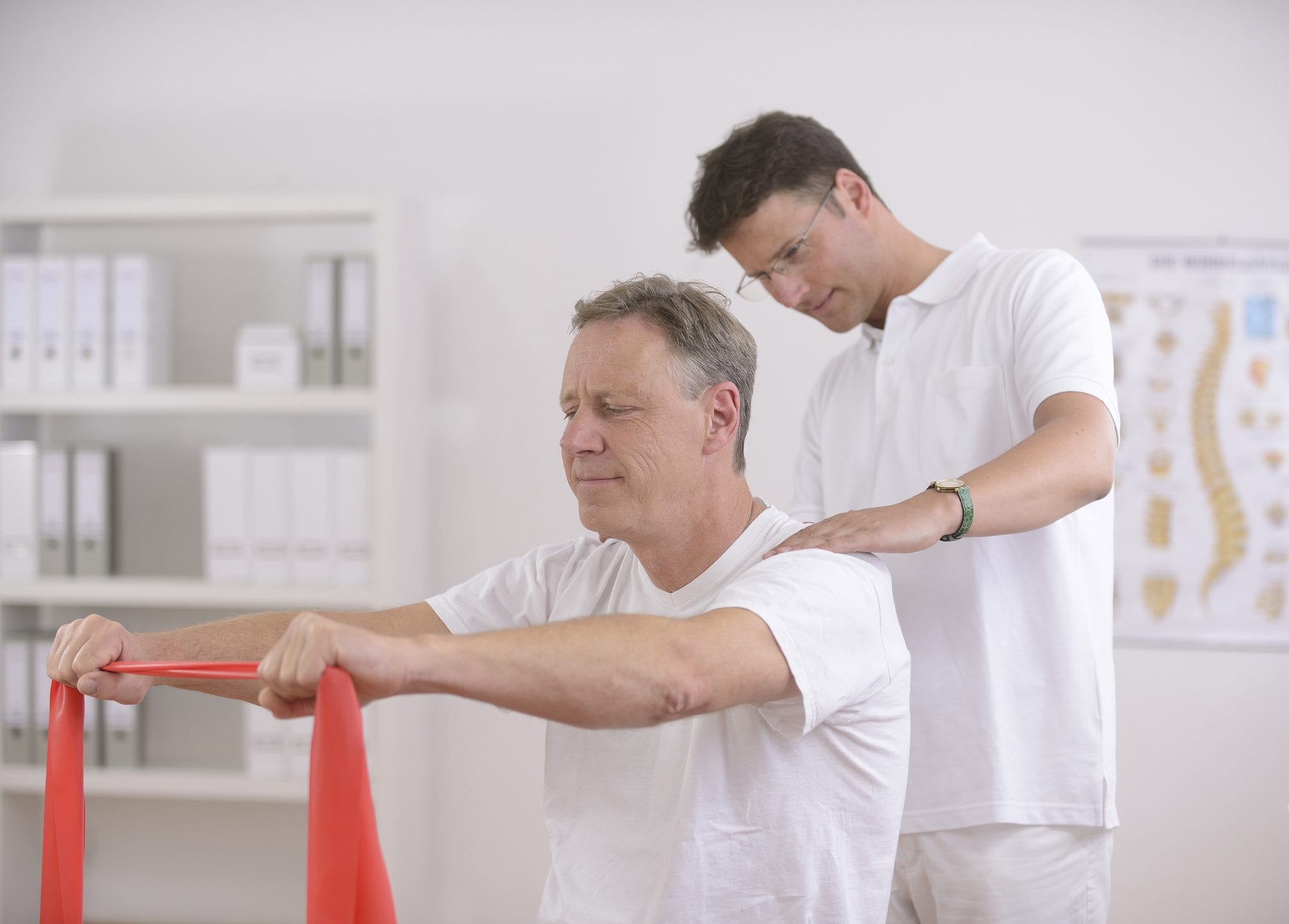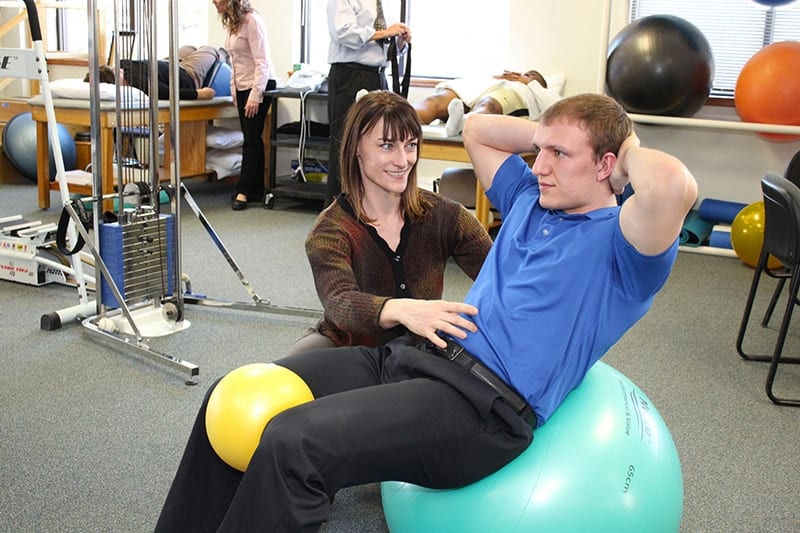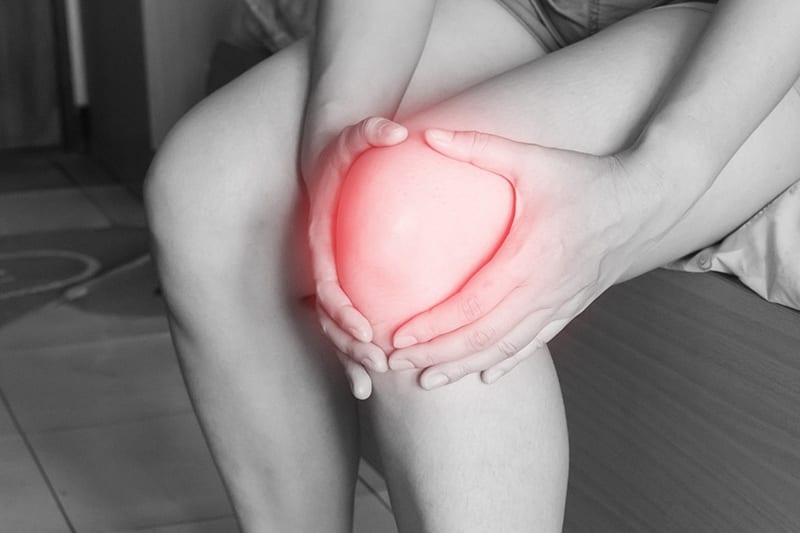 Experiencing a serious injury as an athlete can make your sports life flash before your eyes. One minute you’re performing at your absolute peak, the next you’re down on the ground thinking it might be all over. It doesn’t have to be, of course.
Experiencing a serious injury as an athlete can make your sports life flash before your eyes. One minute you’re performing at your absolute peak, the next you’re down on the ground thinking it might be all over. It doesn’t have to be, of course.
There are numerous cases when athletes have come back from what appeared to be career-ending injuries. The two pillars of a long and fruitful career in sports are preparation and discipline. Injury happens all too often when players rely too much on raw talent and instinct and not enough on conditioning.
Physical rehabilitation takes heart, time, dedication, and discipline. Replacing lost dexterity, strength, and stamina is half the battle, of course. Avoiding re-injury and permanent loss of capabilities must also be prioritized.
‘Unavoidable’ Sports Injuries
Some injuries are inevitable, depending on the sport. How these injuries are handled will determine how fast you recover and the likelihood of re-injuring. These injuries include contusions, sprains, shin splints, micro-fractures, dislocations, and inflammations.
The best ways to prevent these seemingly unavoidable injuries is to identify the biomechanics of your form or techniques. Players that are constantly throwing or swinging, for example, are constantly putting stress on their joints. If you can minimize this stress, you can reduce the number of encounters with the most common injuries and time spent in physical rehabilitation.
A physical therapist can make these common sports injuries much less impactful. Through various exercise routines, warm-ups, stretches, and advice on proper form, problems can be corrected and injuries can be avoided.
Pain and Inflammation
Pain is often used to describe a large umbrella of problems. That’s why it’s important to identify underlying causes, rather than just treat the pain and keep playing through it.
Athletes have a lot of pressure to perform at a high level, but this can lead to chronic problems if the pain is ignored.
Probably the most common sports injury that goes untreated or receives the least attention is in the form of inflammation. Whether it be the “tennis elbow”, “golfer’s elbow”, or the “Tommy John”, the elbow can become inflamed in a number of ways. Usually, therapy involves icing and taking some Tylenol after a game.
Some are more prone to these types of inflammations as they apply too much force on their joints due to an imbalance or poor form. This can be difficult to alter, especially if the problem is ignored for a long time. Physical rehabilitation can provide a slow and controlled readjustment to an athlete’s muscle memory.
Something as obvious as core strengthening may also alleviate neck, back, and hip inflammation. Pitchers and quarterbacks can benefit greatly from strengthening their core, enhancing performance and health. This will subsequently reduce the likelihood of groin strain or tearing, a common debilitating sports injury.
Protecting and Treatment of Injuries
Physical rehabilitation starts with identifying the cause of an injury. Is it due to a muscle weakness, a lack of flexibility, or poor technique?
Various tests are run to isolate the problem, then therapy begins with reducing immediate pain and discomfort.
From there, the various stages of treatment include:
Acute Phase
This is the immediate pain relief phase, requiring lots of rest, icing, compression, and elevation of the injured area. It’s also known as RICE.
This is done to accelerate the healing process and reduce pain as quickly as possible. At this stage, there should be limited to no physical activity for the affected area.
Further stress or damage to an injury is primarily what extends the time of physical rehab, and this is when the injury is most vulnerable. Don’t push your luck.
Subacute Phase
In this phase, once the pain and inflammation have subsided, the athlete can start moving in a controlled and limited capacity. A physical therapist can assign exercises to avoid muscular atrophy and to regain function of the affected muscle(s).
Physical therapists also use this opportunity to track your progress and suggest improvements and adjustments to your form. Rigid therapy programs or unassisted rehab are key contributors to poor recovery or even re-injury, so it’s important to work with your physical therapist to find a program that will work for you.
Remodeling Phase
Usually, between week four or six, you’ll begin the remodeling phase, which is all about restoring strength.
This is about taking that new tissue and scar tissue and whipping it into shape. You should not feel any pain whatsoever before starting remodeling. If you do, back off a bit.
This strengthening should be gradual, yet measured. Your physical therapist is there for safe monitoring of your progress, but you are ultimately in charge of knowing your body’s limits. This phase should last about two months until you reach full recovery.
Chronic Phase
Bodies heal at different rates and it is important to pace yourself.
If rehab exceeds three months, you are in chronic and ongoing recovery. This can be due to a variety of reasons–for example, sometimes an illness interferes with the ability to repair tissue quickly.
Having a physical therapist is very important for injuries that rely on close monitoring of tissue repair. ACL rehabilitation, for example, needs a balance of special exercises and rest to get past the chronic phase.
Therapy and Physical Rehabilitation
Being out of the game is a frustrating and confidence-killing experience. It is a physical therapist’s goal to get you back on that field as fast as possible.
The evolution of sports medicine has afforded us a much better understanding and treatment, which makes it easier to get you back on the field.
At North Bolder PT, we use the latest equipment and techniques to treat your injuries. Our therapy methods are the same ones used in the big leagues. Our staff also understands the pain and powerlessness that comes with needing physical therapy, and they’re here to support you every step of the way.
Here, you’ll receive sport-specific, personally-tailored physical rehab with full transparency along the way. If you’re someone who struggles with chronic injuries or would like a second look at an injury that has been bothering you, feel free to contact us.
Let us give you the confidence and peace of mind that professional rehabilitation can provide.



